“Here, Ms. Ghonyan, take your change,” say the 2nd graders, running up to the teacher with the coins and the ice-cream in their hands.
The kids have “earned” ice-cream at the PE lesson. Ms. Ghonyan is generous when it comes to prizes: if you behave and study well, she will take the class to a hiking trip, lend her bicycle, or invite a gathering at her house.
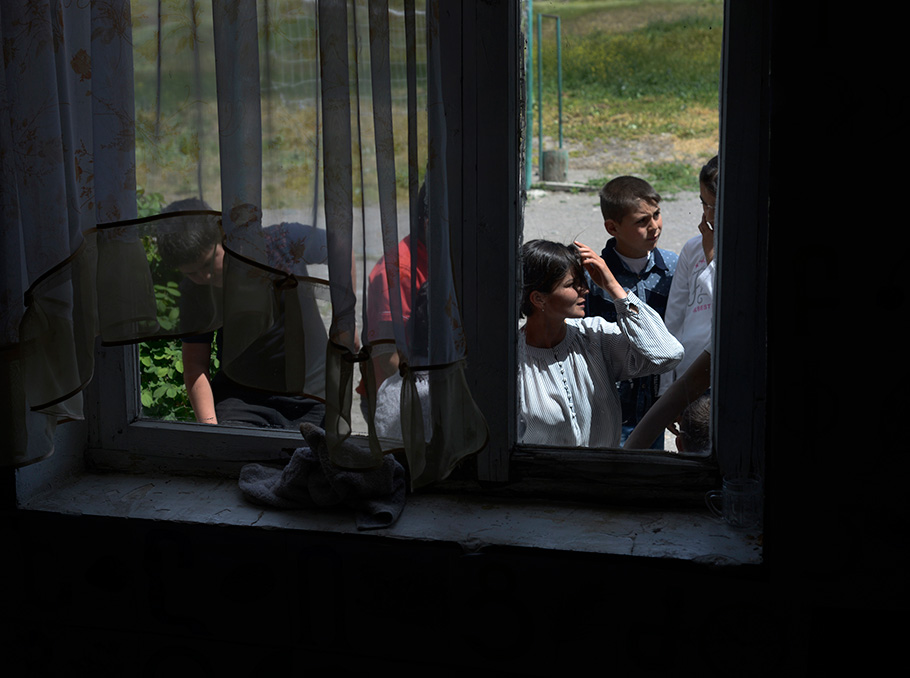
The school in Artsvashen village (Berdzor region, Artsakh) is attended by children from the neighboring Mkhants community as well. Six classrooms suffice for the students of the 1st to the 12th grades. Most classes include two grades. Armine teaches the largest, 3rd grade, which is comprised of 6 pupils.
“Alright, for homework, draw the struggle between laziness and hard work. Write it down in your record books. It’s time to go home, kids.”
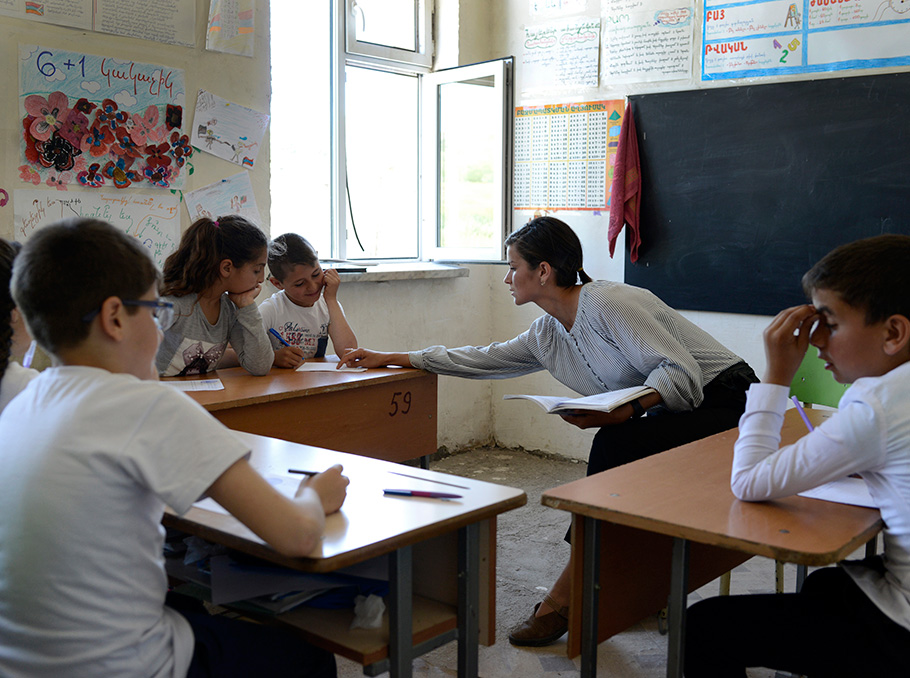
Photo: Vaghinak GhazaryanMediamax
“Is it already?” they complain.
There are no clubs or recreational spaces for children in Artsvashen. The village is sparsely populated and the houses stand at a distance from each other. Life stops after classes, because the students just go each to their house and stay there, which is one of the reasons they try to spend more time in the school.

Photo: Vaghinak GhazaryanMediamax
Younger pupils join Ms. Ghonyan after classes to make mandalas. It’s noisy in the classroom, kids interrupt each other all the time while selecting multicolor threads, and Ms. Ghonyan patiently explains how to make the mandala and helps out when a student gets confused.
Armine Ghonyan arrived in this re-populated village in Artsakh as a fellow of Teach For Armenia (TFA). It took some time for the children to get used to her. In the beginning, certain pupils even demonstrated openly they did not find her lessons interesting.

Photo: Vaghinak GhazaryanMediamax
“I tried to get them interested, because I realized that they had had the same routine for a long time: school, home, homework, a couple of games in the school yard. We started knitting mittens from day one, and later we sewed toy dogs and clouds. Even the youngest children had a needle and a thread in their hands the whole day. I was so happy to see they could make a toy of anything, be it the threads or small sticks with pictures,” tells Armine.
Armine has brought her sewing machine to the school and teaches girls from higher grades to sew clothes. She helped the children along the way, of course, but Armine says the most important point is that they tried to learn something new.

Photo: Vaghinak GhazaryanMediamax
“Children have so many hidden talents. They need a good environment to discover and show what they can do. They might not be top students, but you cannot hide their creativeness,” she says.
Armine is trying to uncover the kids’ talents and teaches them to notice and appreciate small positive acts. There is a post with behavior rules, hanging on the wall in her class, and each pupil has a flower drawn next to their name. The custom is that at the end of the day students get pieces of color paper, which are awarded for hard work, civility, compromise and respectful behavior.
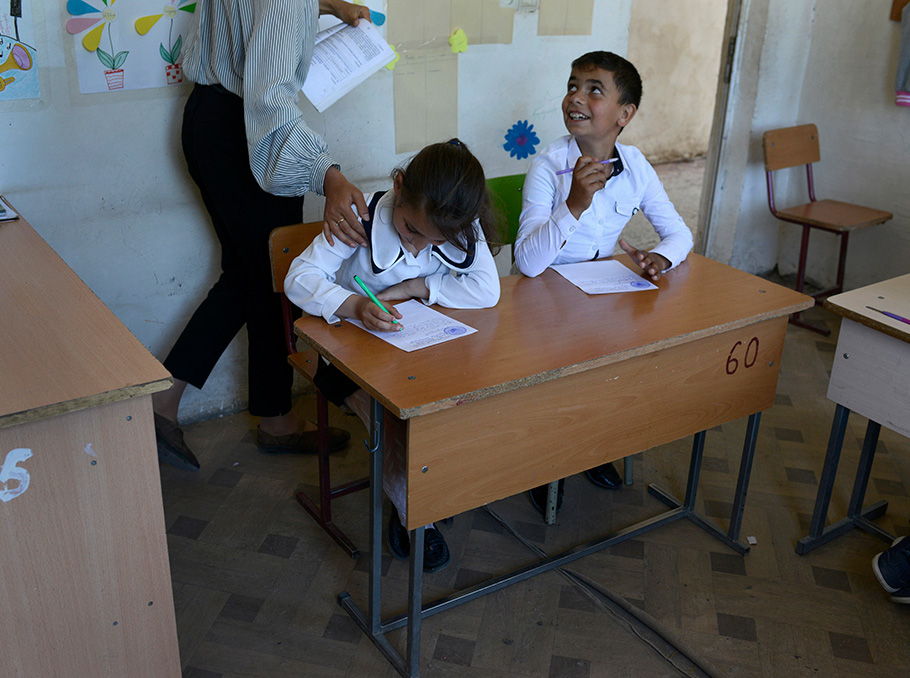
Photo: Vaghinak GhazaryanMediamax
“We focus on good things. The kid might write an entire page in poor handwriting, but I will find a pretty letter and praise it. Next day the kid brings me the notebook and says: “Ms. Ghonyan, how many pretty letters can you find?” And I count them. Sometimes they come to the school and tell me they fed the dog or did some other act of kindness, so, everything to get that piece of color paper!” says Armine.
She a teacher and journalist by profession, but she never actually worked in either sphere. Armine dreamed of a job that she’d love doing, a job that would feel important. Armine applied to TFA with the hope of an assignment to a village in Artsakh, which was in need of a teacher.

Photo: Vaghinak GhazaryanMediamax
“We’ve agreed then,” Armine holds out her hand to shake hands with the girl, “you have the multiplication table learned by Monday. How do you write it down?”
“Careful.”
“Carefully.”
The children know that Ms. Ghonyan’s trips to Yerevan mean the classroom will acquire new things. Once they were gifted wooden boxes, which they painted together and turned into a bookcase, where they keep the gifted books.
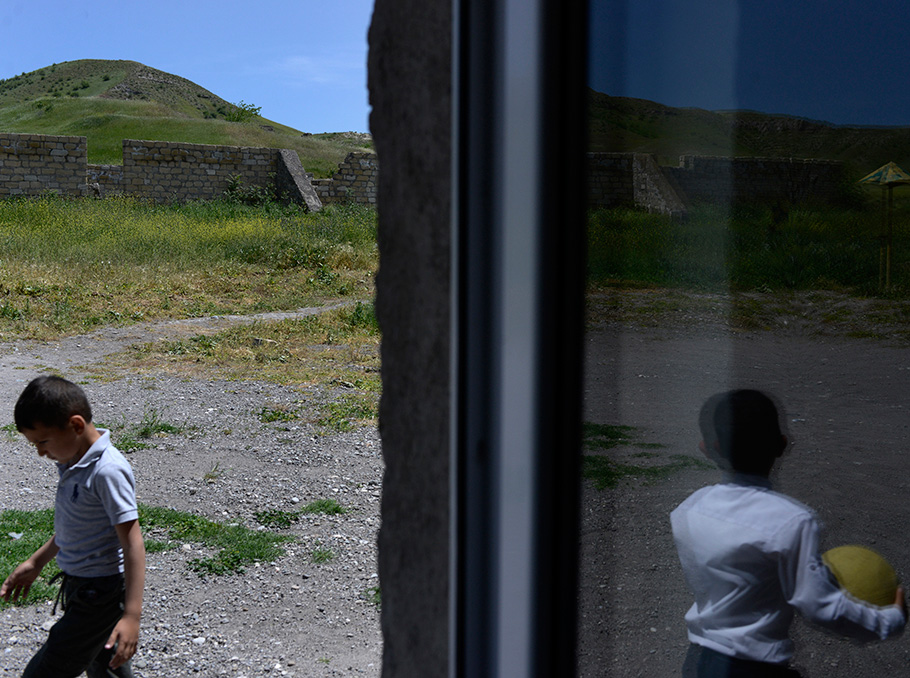
Photo: Vaghinak GhazaryanMediamax
“Can we role play like we did for the ‘Liar’?”
“Can I take the small books?”
“Well, I’ll take the big ones then,” the 3rd grade students divide the books among themselves.

Photo: Vaghinak GhazaryanMediamax
“They were not interested in anything first. Now they come to me after finishing the books and ask what they can do next, what books they can read next. It makes me happy when even the pupils who read with difficulty take books. I know they only read a page or two, but it is still a lot for me. So, we are happy,” tells Armine.
School age kids have the classes and the extracurricular activities, but children aged 6 and younger are left out. Armine says the village plans to build a playground and create a children’s development center in a part of the administration building. If the plans work out, the young ones will have something to do and a place to prepare for school.

Photo: Vaghinak GhazaryanMediamax
Meanwhile, Armine has accommodated a cozy corner of her house for young guests. The six 3rd grade students visit her sometimes with their parents and younger siblings. Any time they can venture outside the village, especially to visit Ms. Ghonyan, is an important event in the children’s life.
Armine lives in the neighboring village, Mkhants, because there was no suitable house for her in Artsvashen. She has breathed a new life into the small house, decorating it with her handicraft and giving the house colors and a character.

Photo: Vaghinak GhazaryanMediamax
“I wasn’t used to lack of comfort, but when I saw the conditions that the kids lived in, I told myself I had no right to be displeased. If you’ve come to change something and you want to leave, imagine what happens afterwards: another will not come in your place and the children will not get education. I really don’t regret coming here,” says Armenia.
Children partake in interior design as well sometimes. Recently they decided to paint multicolor raindrops, falling down from a rainbow, on one of the walls.
“I wasn’t fond of colors before, but after moving here I started missing them. The same was true for the kids. I was surprised to see their gloomy, bleak drawings. I thought: “I could paint something like that, but surely not the 3rd grade kids.” Now they’ve excluded black, grey and brown from their color palette and they only use bright colors. I see myself in them. Bright colors make everything harmonious and beautiful,” explains Armine.
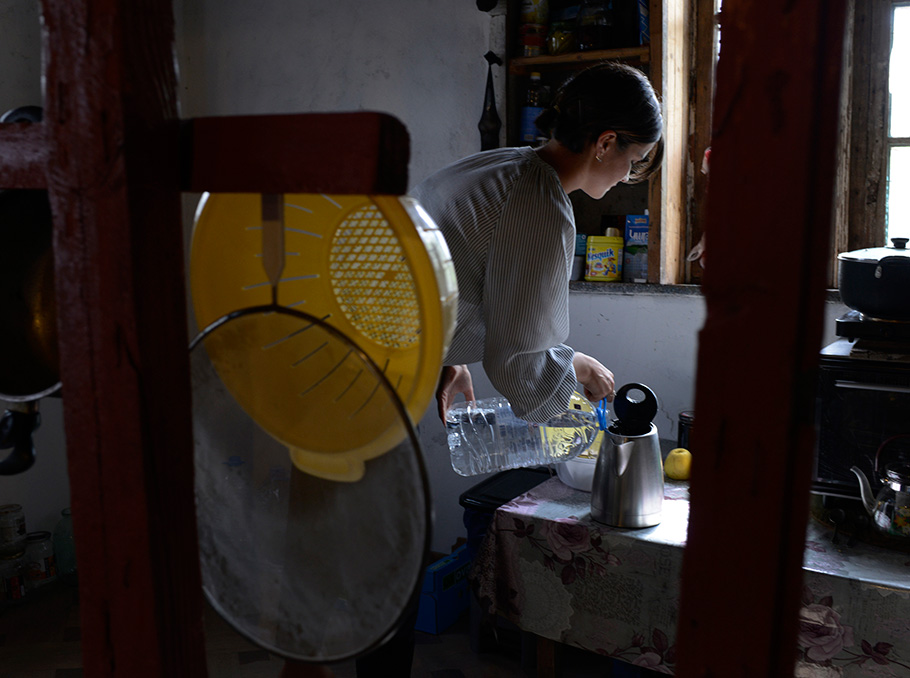
Photo: Vaghinak GhazaryanMediamax
She knows from personal experience that learning something through practice is much easier than cramming book knowledge. That is why they often go outside to study new topics.
Now the children can’t wait for the skies to clear so that they can look at the moon and stars through the telescope. Armine brought it to make the lesson about celestial objects more illustrative. Students from other grades and neighboring villages also anticipate star gazing.

Photo: Vaghinak GhazaryanMediamax
“One of the students drew a card: the moon, the sun and people. The kid said it depicted the class and me, in the center of the universe,” Armine tells with a smile.
Children often ask Ms. Ghonyan to come into the classroom with her eyes closed - they give her surprise gifts such as cards, pictures and flowers. If they notice that Armine is “serious”, i.e. sad, they use all tricks in their arsenal to cheer her up.

Photo: Vaghinak GhazaryanMediamax
“You can stay sad. Even if you’re tired and upset, you just see the kids and everything changes, and you feel good again,” says Armine.
Contrary to the noise and active life in the school, Armine’s house is quiet and calm. There aren’t any other houses nearby, and even the cat and the dog have gotten so used to it that they share the yard peacefully. Armine enjoys the quiet life. “I find myself in solitude and the children,” she says.
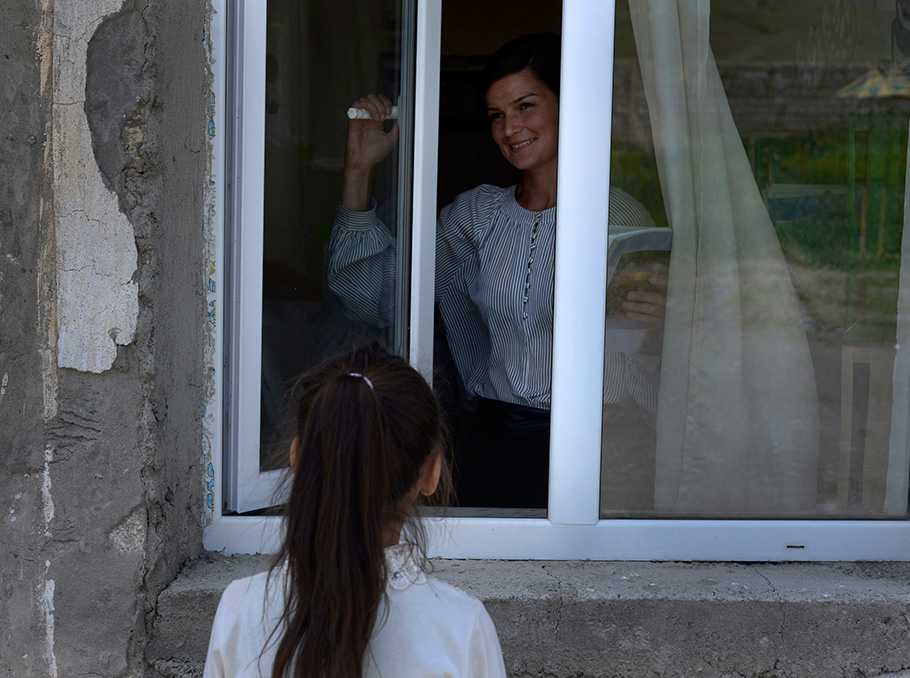
Photo: Vaghinak GhazaryanMediamax
Ms. Ghonyan dedicates free time to her favorite hobby, making learning books for children. Armine is certain children will love reading if they are given books at an early age.
She recalls her achievements as well, when she talks about the pupils’ progress.

“I’ve become stronger, I am not afraid of problems and challenges. Now it is easier for me to find solutions to problems that I preferred not to get involved in before. I understand that if I don’t do it, others won’t either, and if I don’t face the challenge, nobody will.
Here I found what I wanted to do in life. I was seeking for answers, trying different occupations and environments, and finally I am doing a job that I see is important. Working with children isn’t one-sided: you receive as much as you give. The kids might misbehave and be lazy, but there is so much love in them. I feel great in the company of my 6 pupils all together and each of them individually. I love them and they love me. I can feel the warmth and I don’t know what I’m going to do when the TFA program ends. I will miss everyone so much,” Armine confesses.

Photo: Vaghinak GhazaryanMediamax
She will spend another year in Artsakh, but the thought of saying goodbye concerns her and the children equally. A few days ago, they drew a house on the blackboard and asked her: “Ms. Ghonyan, stay in Artsvashen.”
Lusine Gharibyan
Photos by Vaghinak Ghazaryan (specially for Mediamax)

















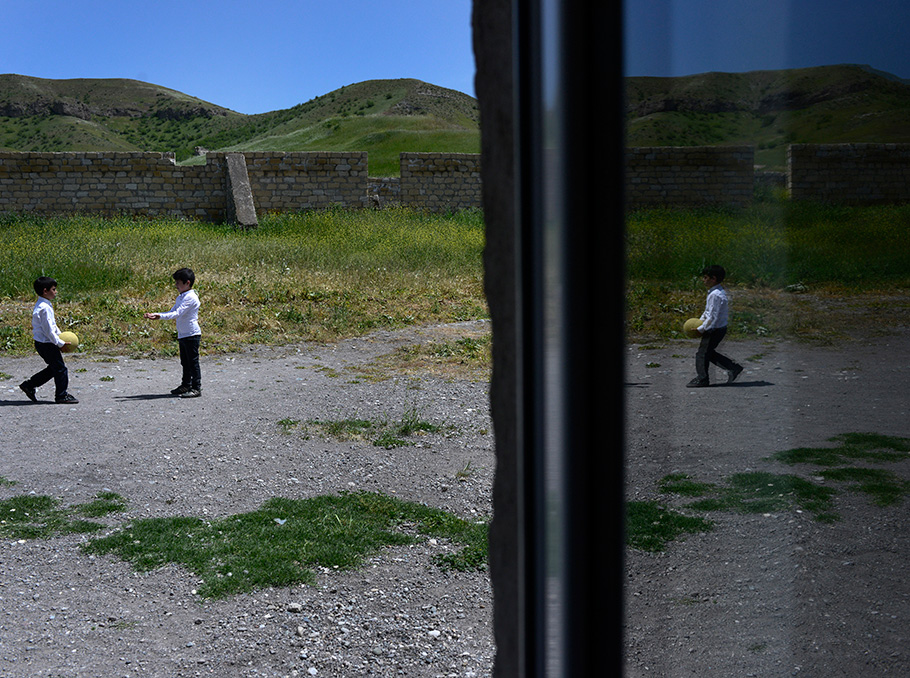
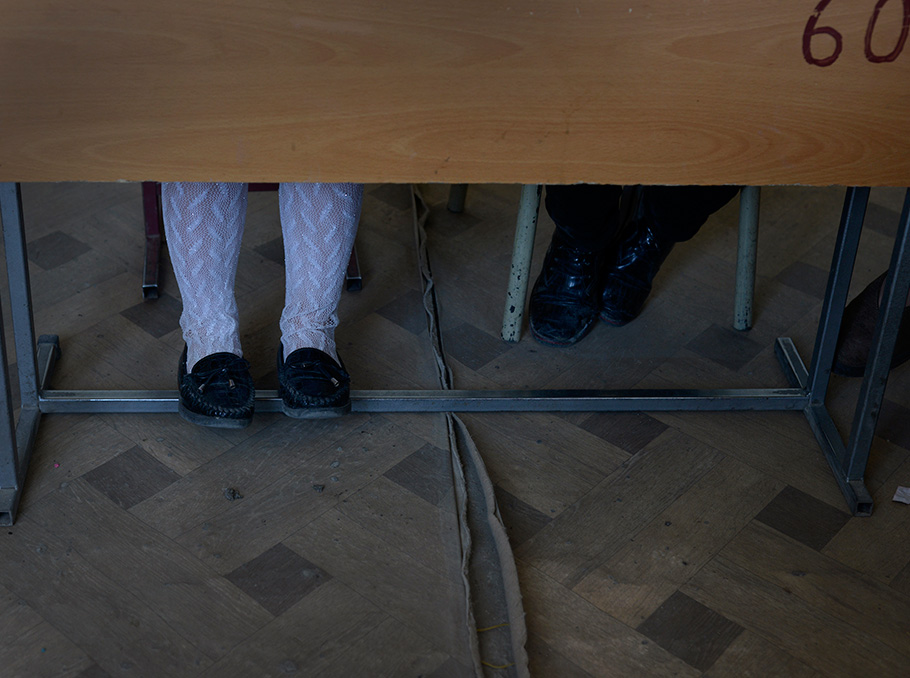

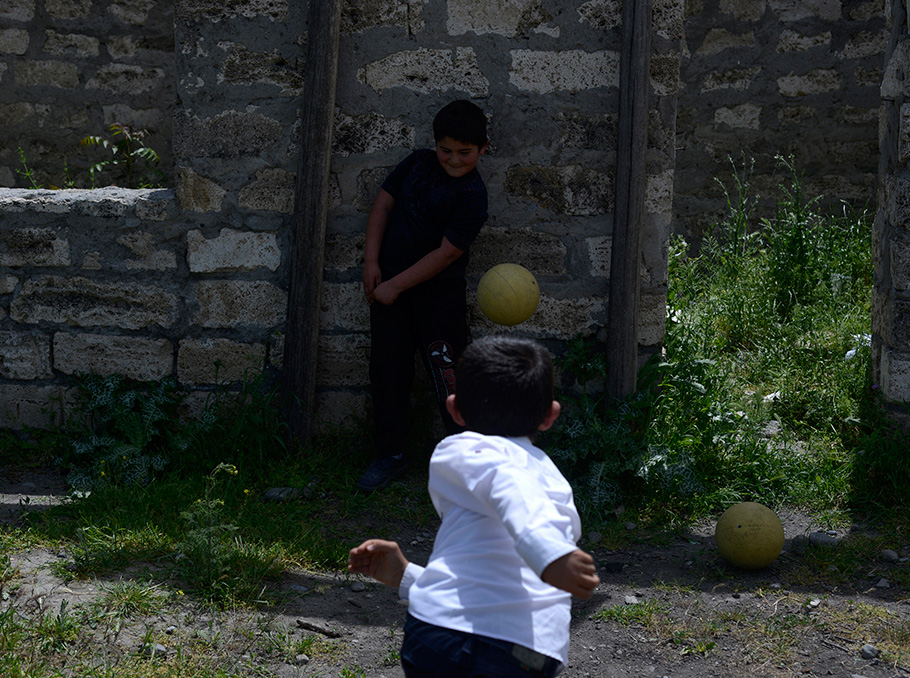

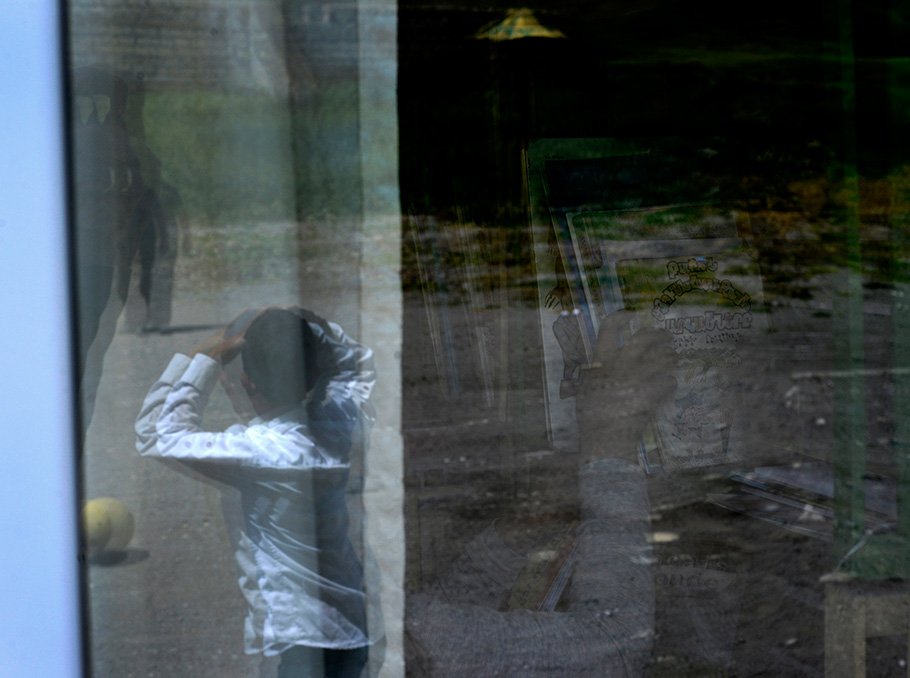
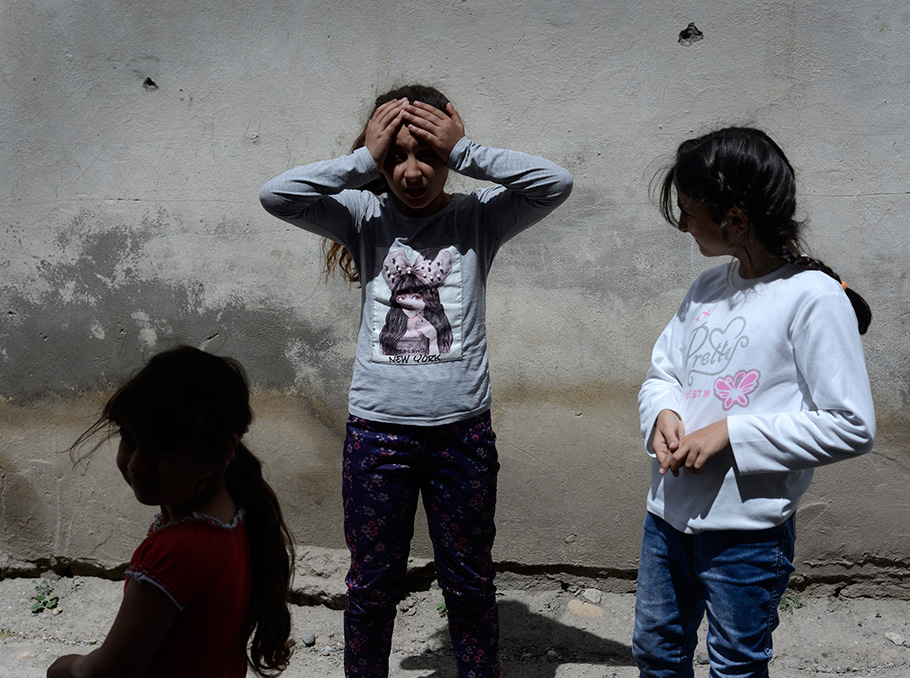
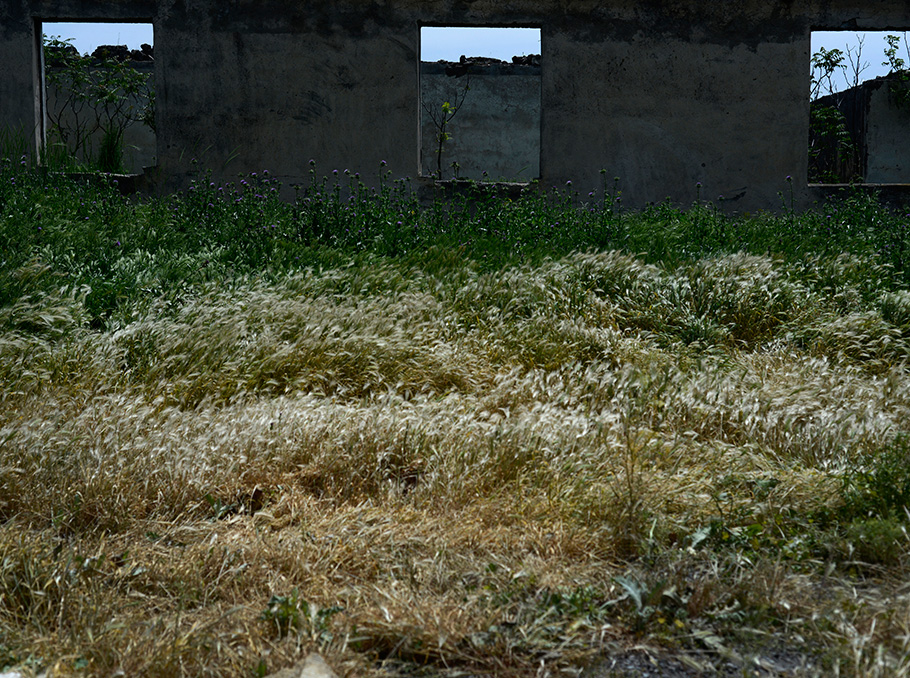
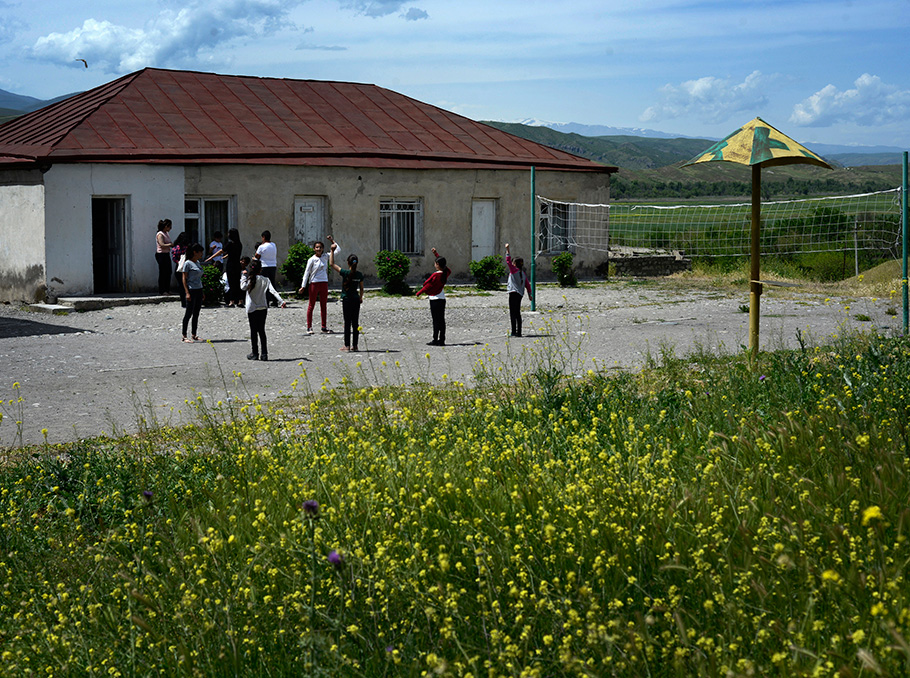
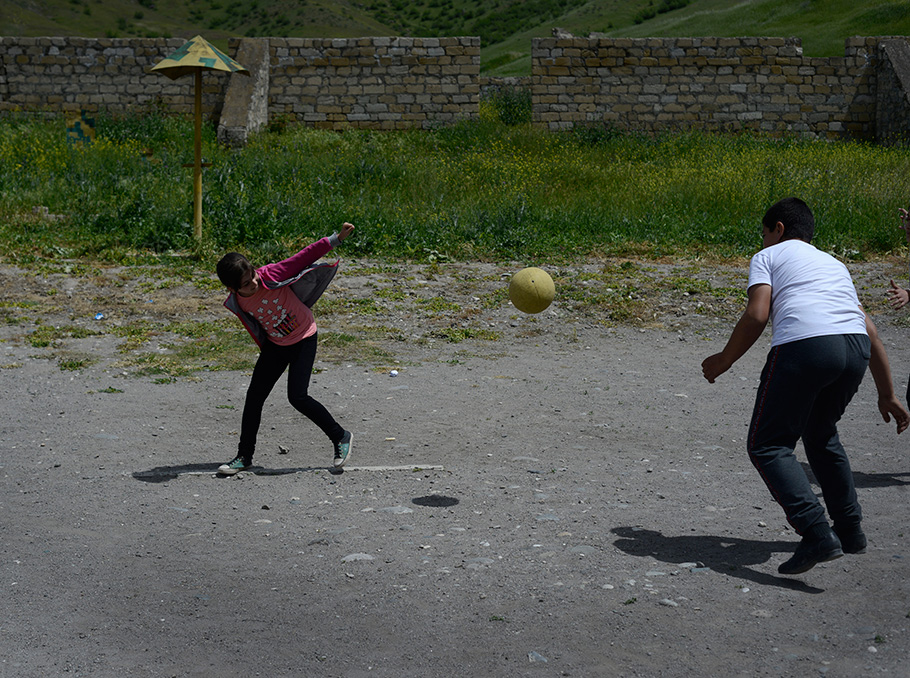


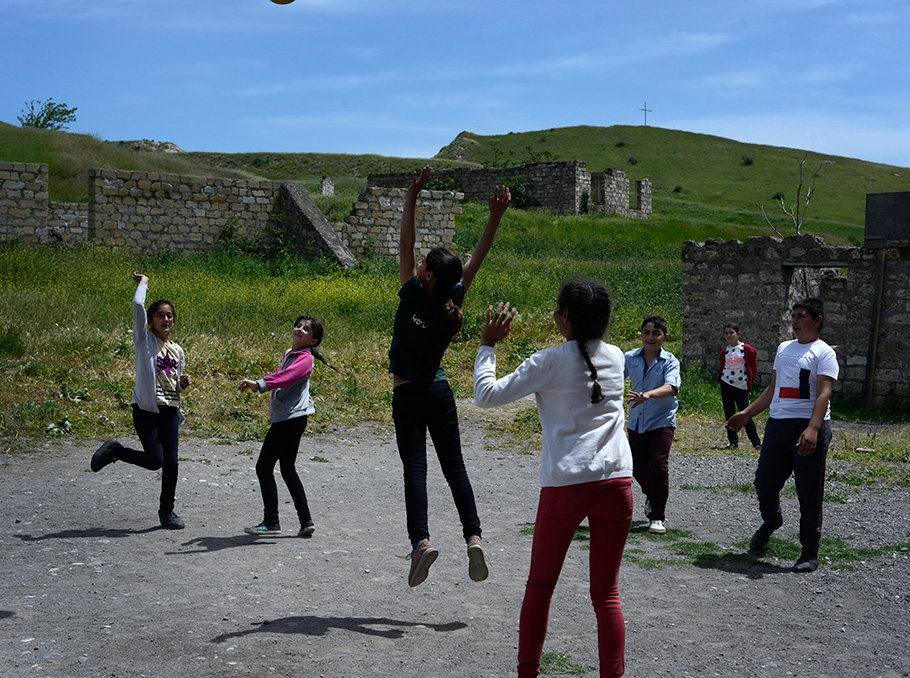
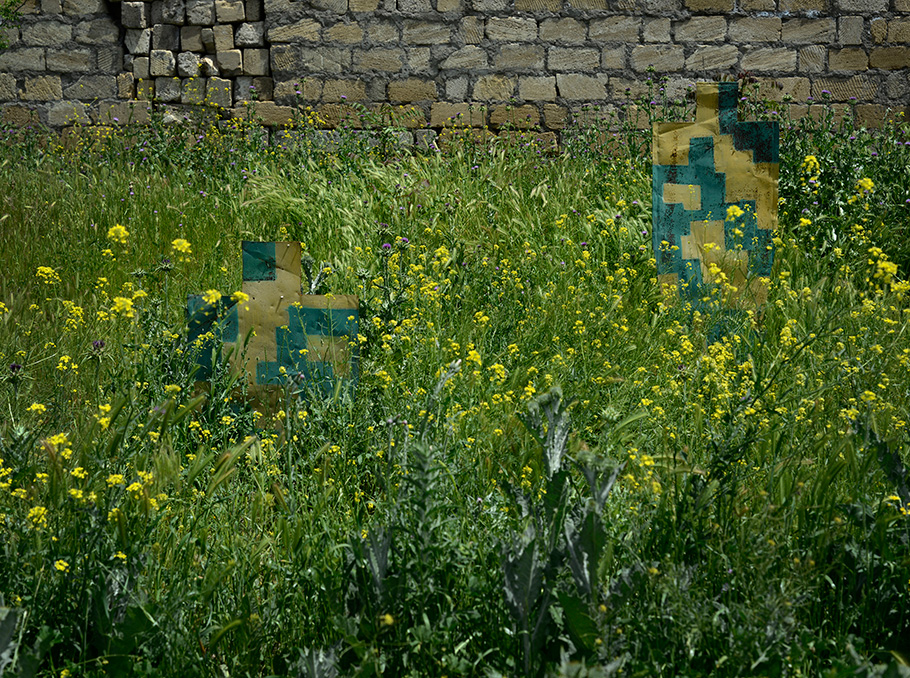
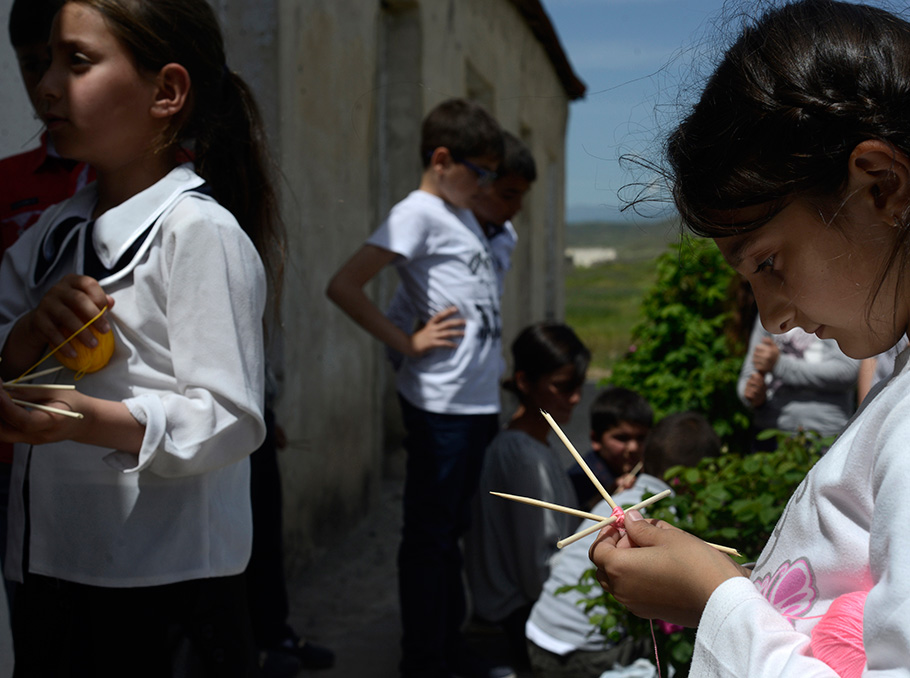
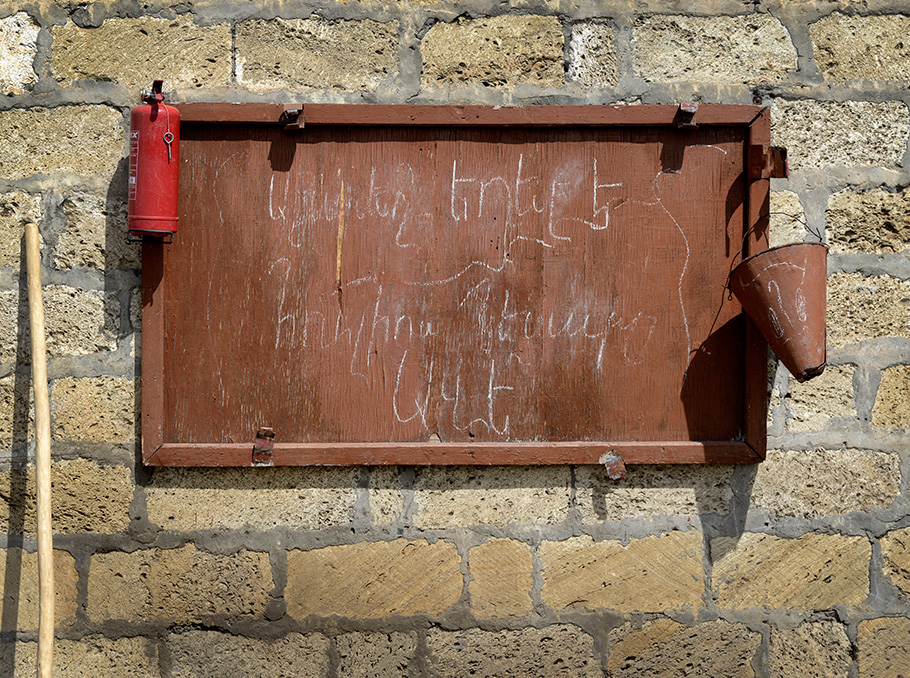
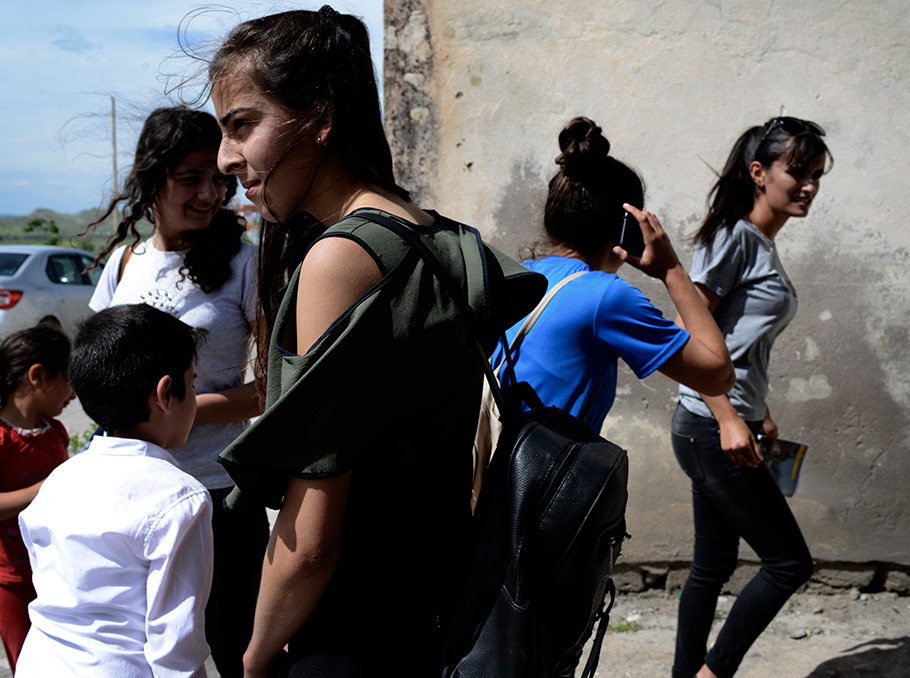


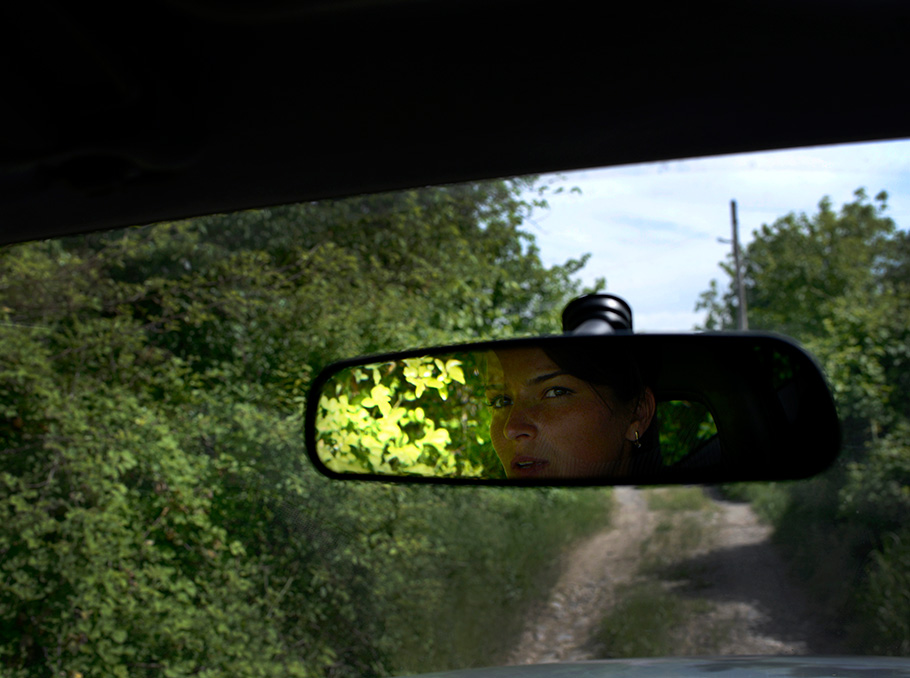
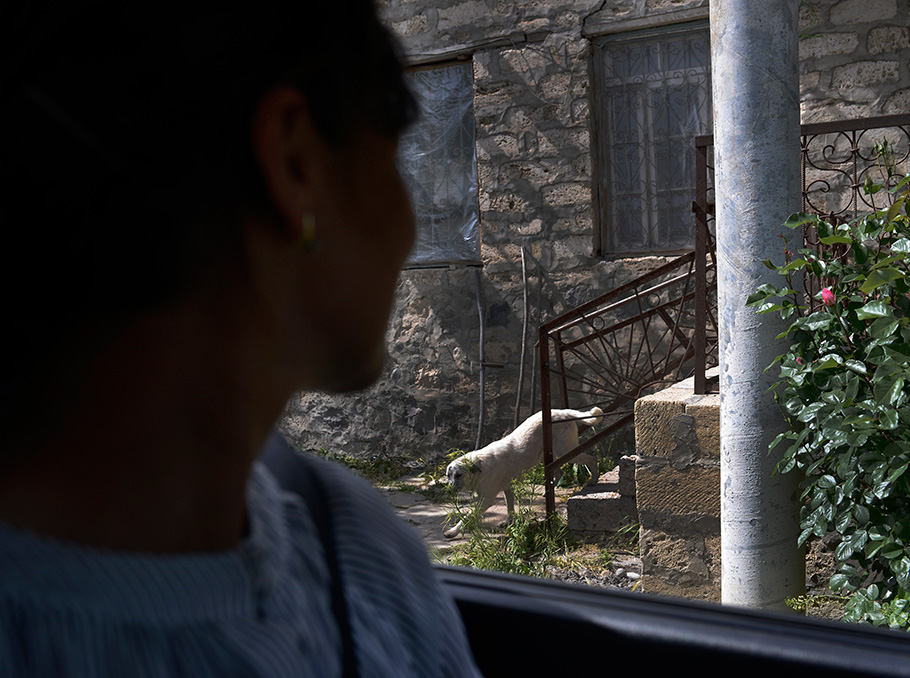
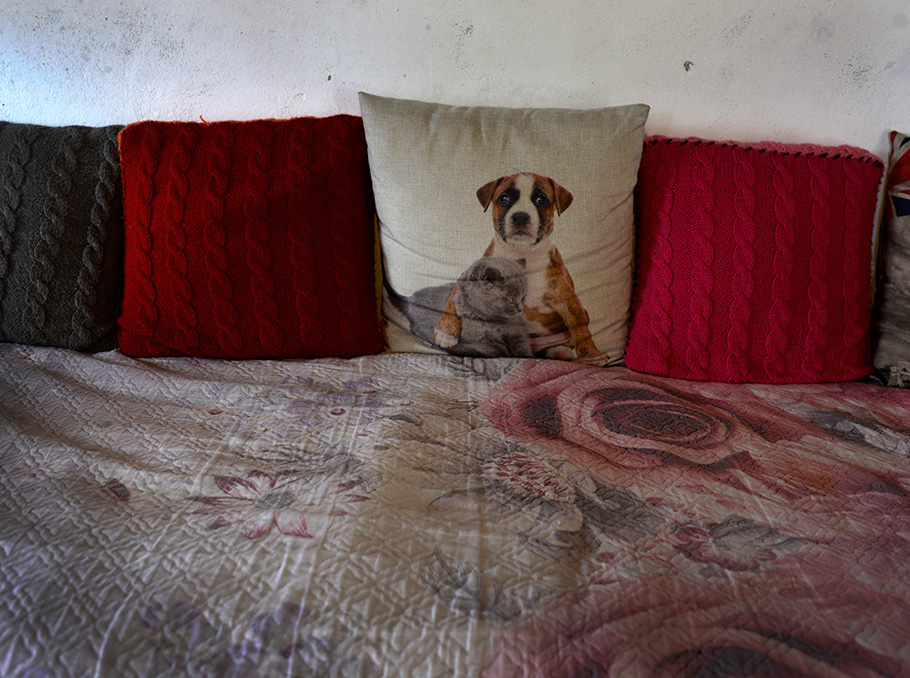
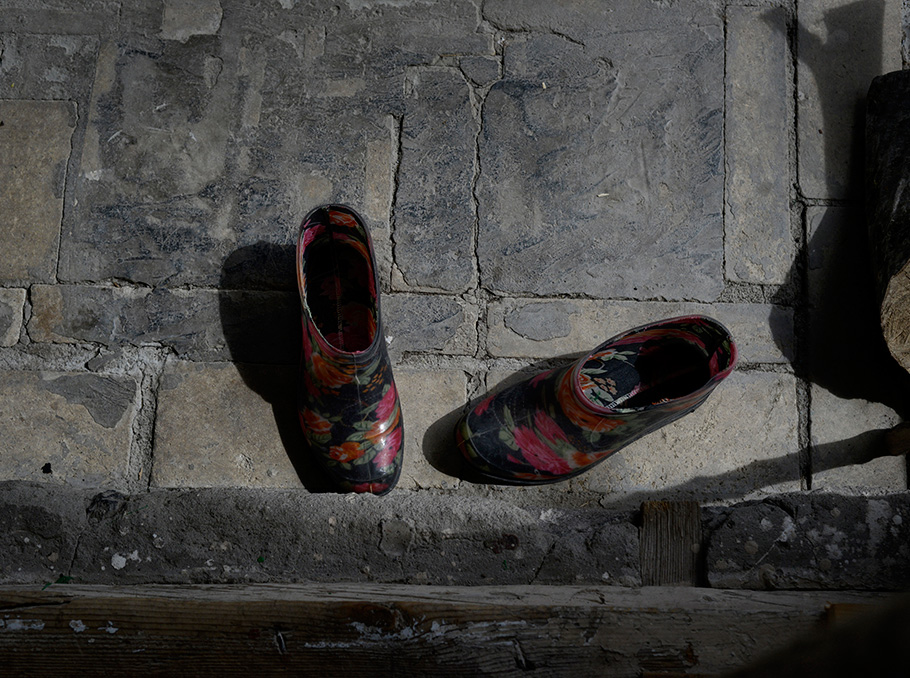
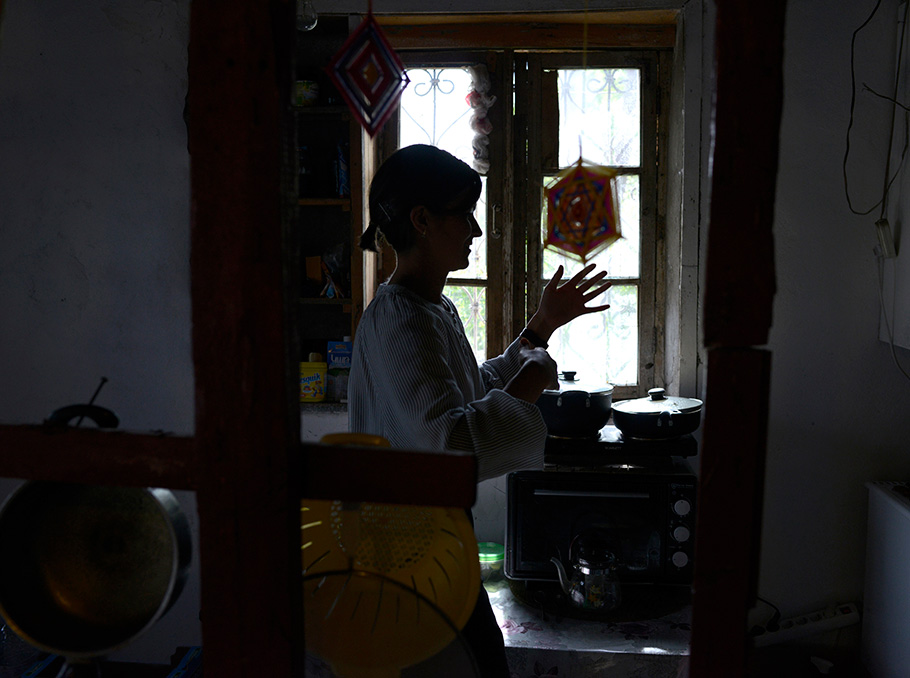
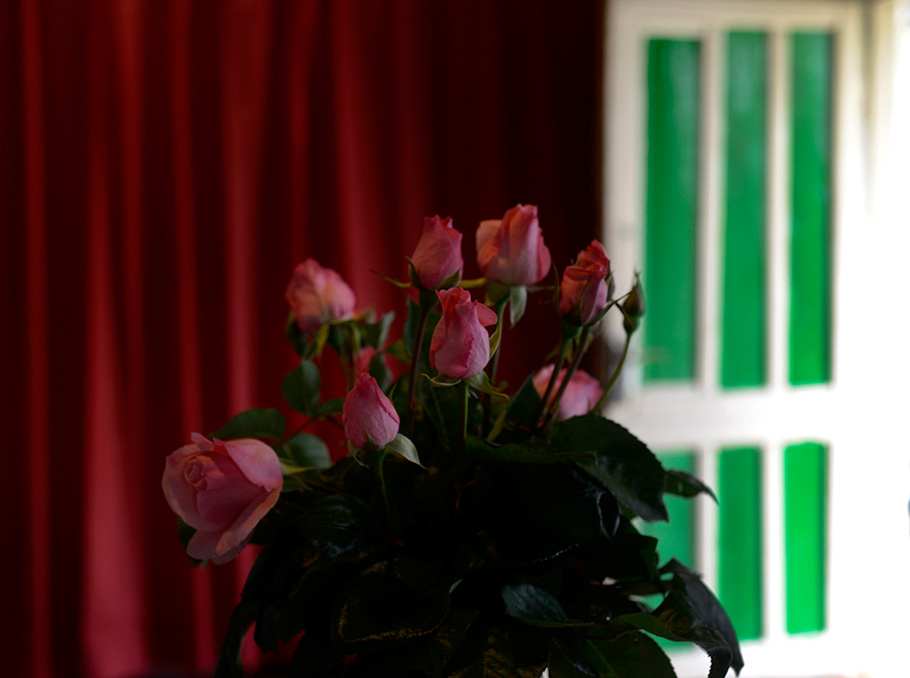
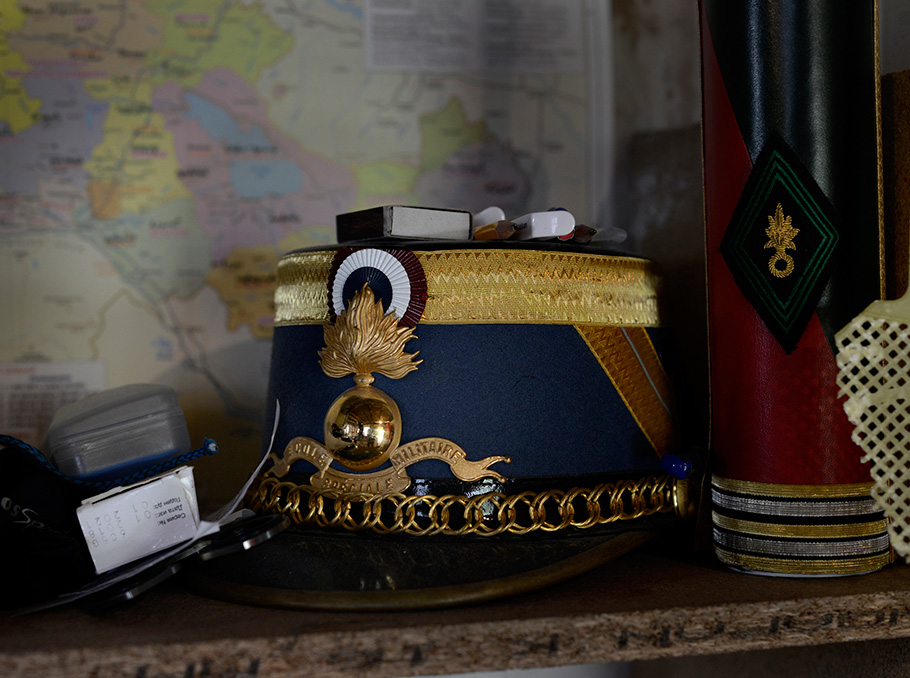
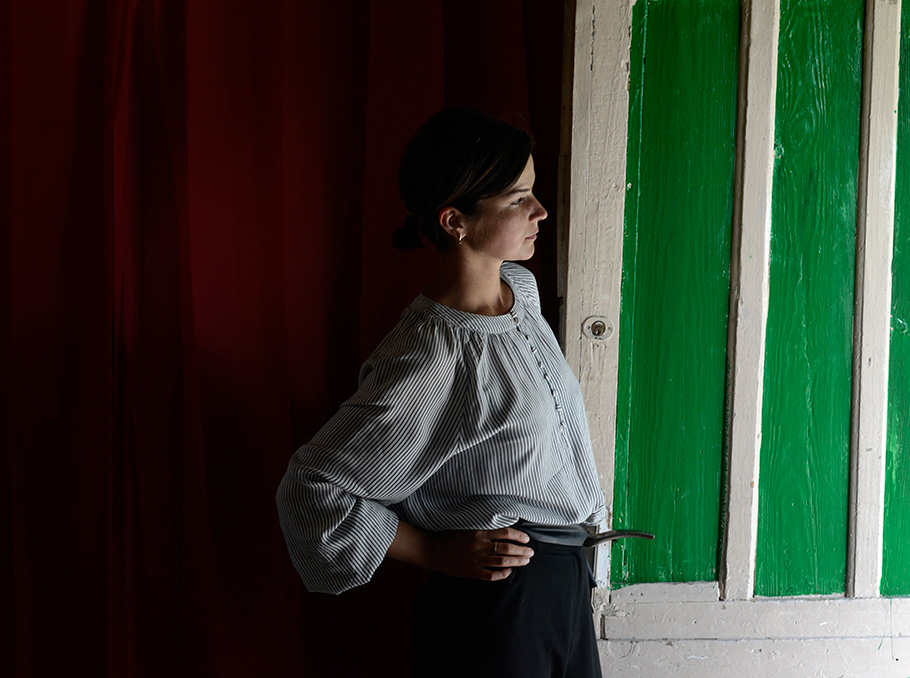

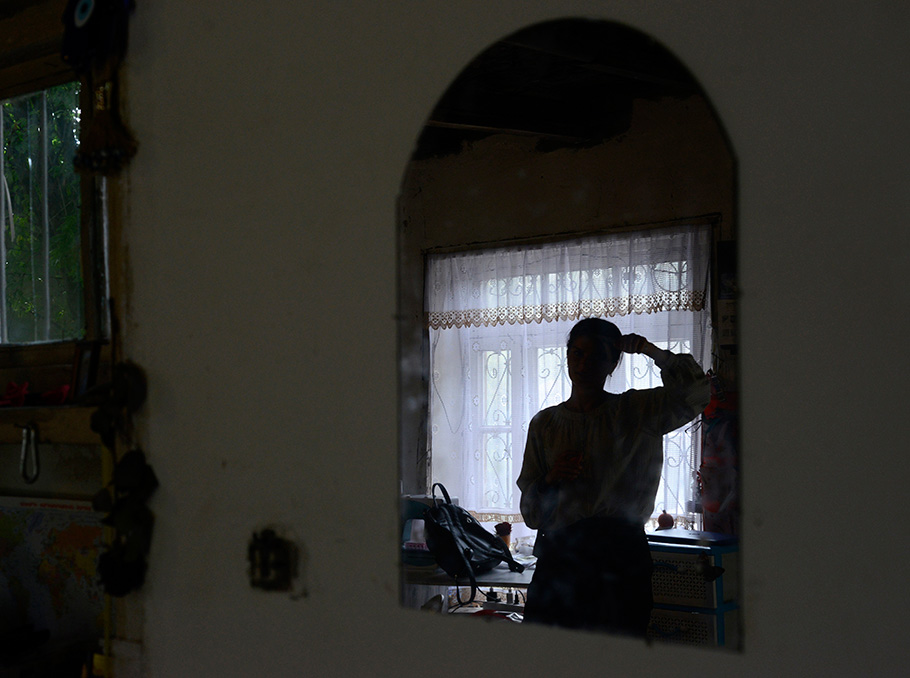
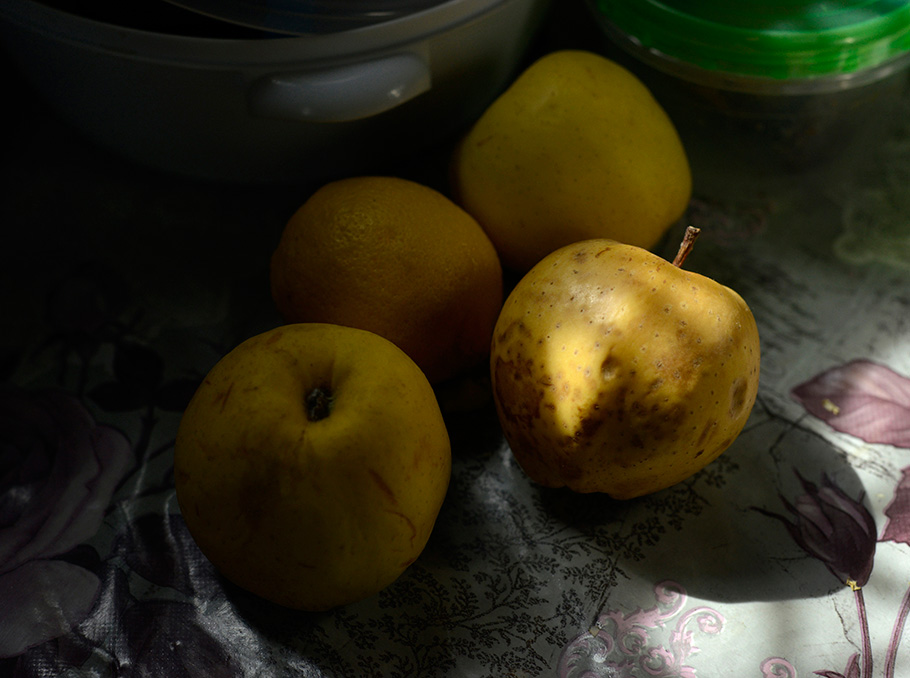
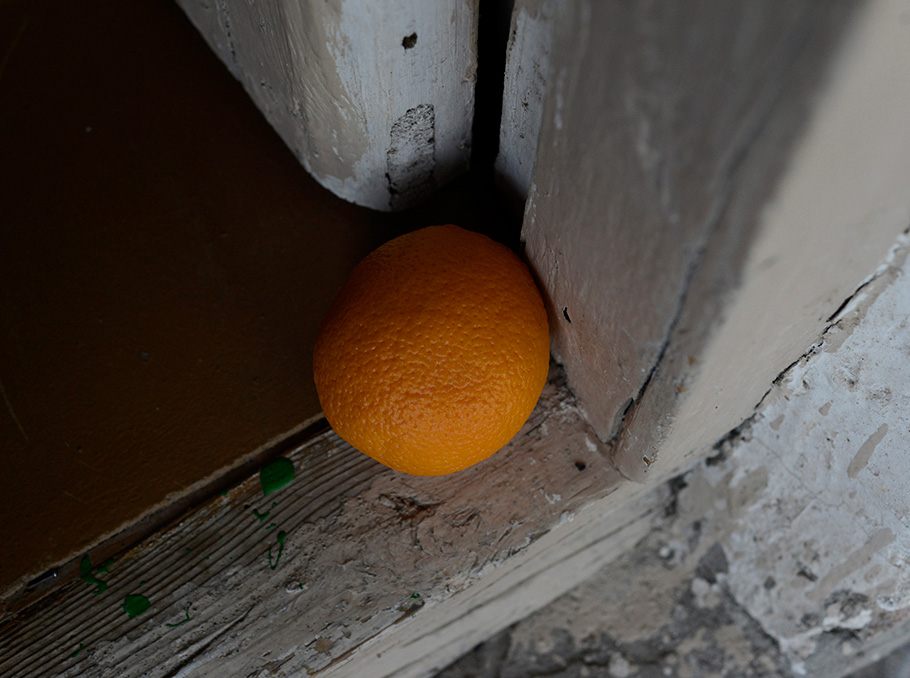

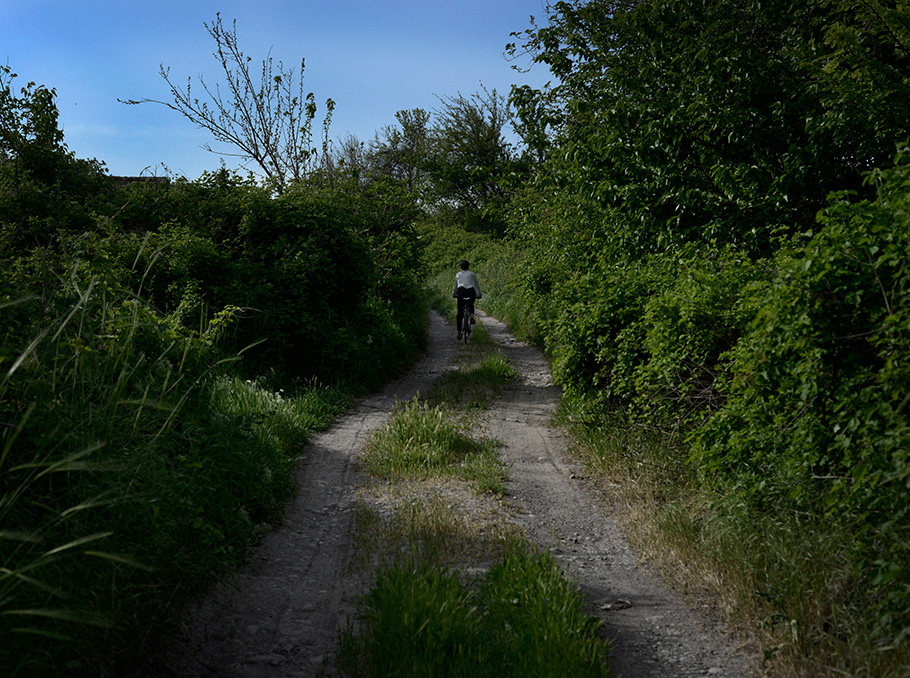

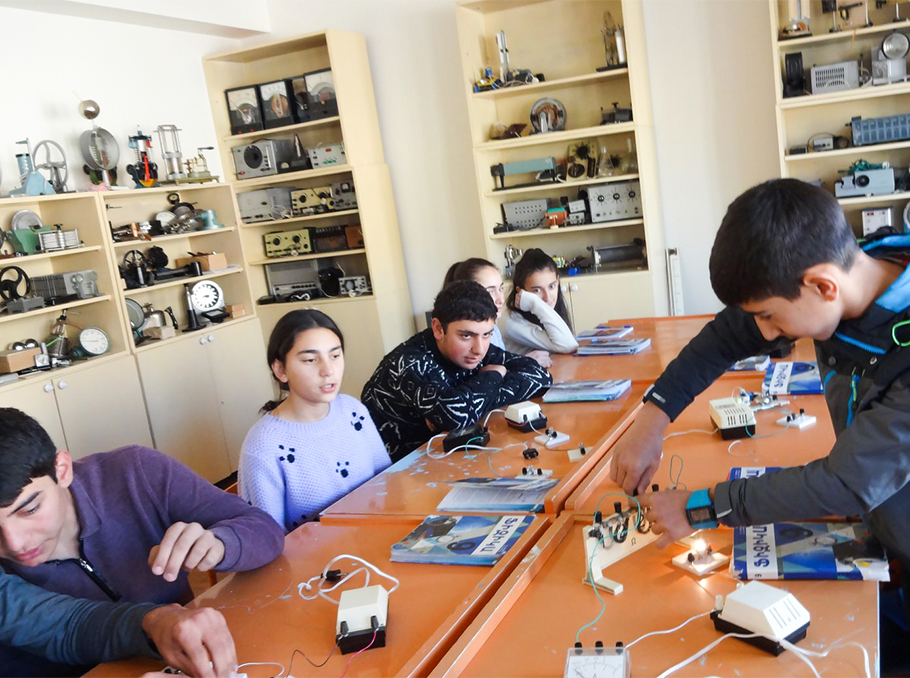
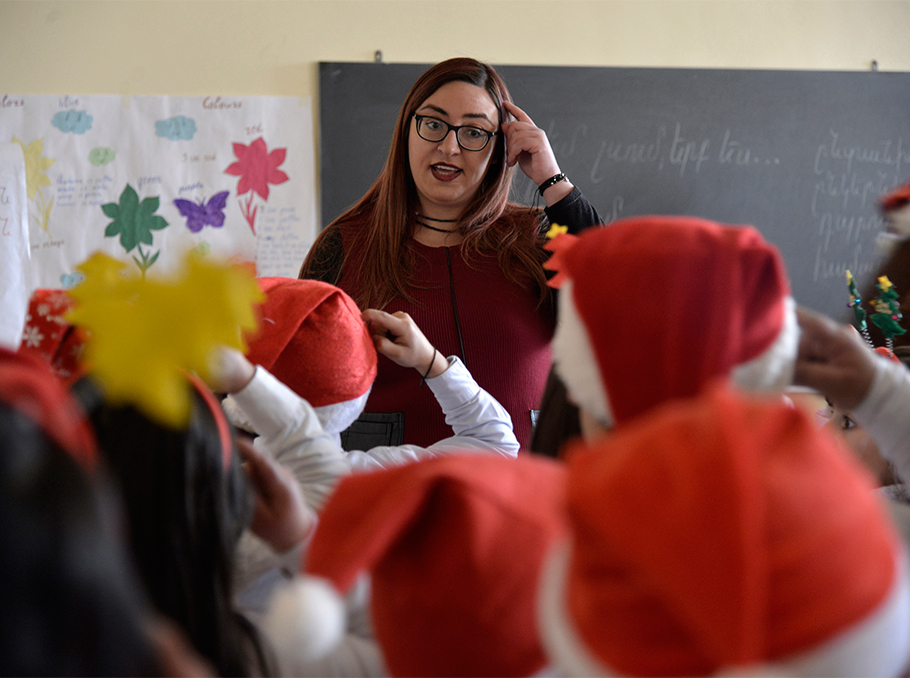
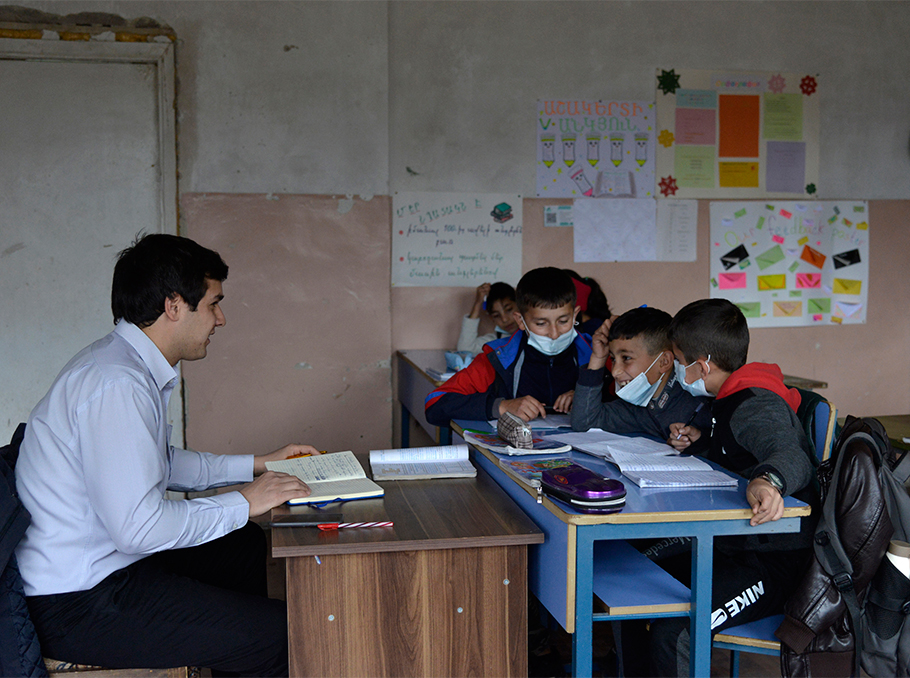
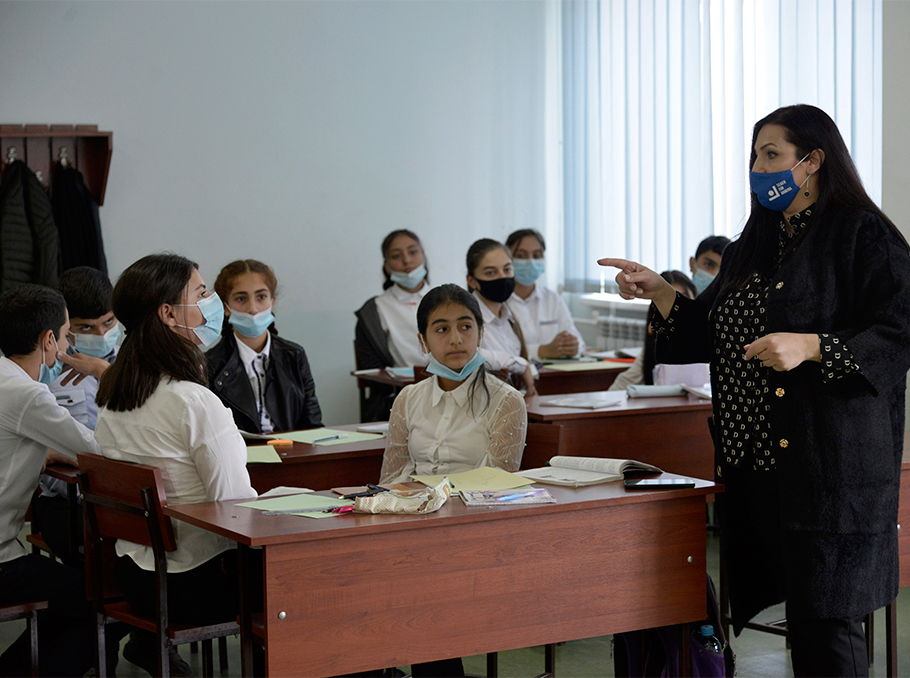







Comments
Dear visitors, You can place your opinion on the material using your Facebook account. Please, be polite and follow our simple rules: you are not allowed to make off - topic comments, place advertisements, use abusive and filthy language. The editorial staff reserves the right to moderate and delete comments in case of breach of the rules.